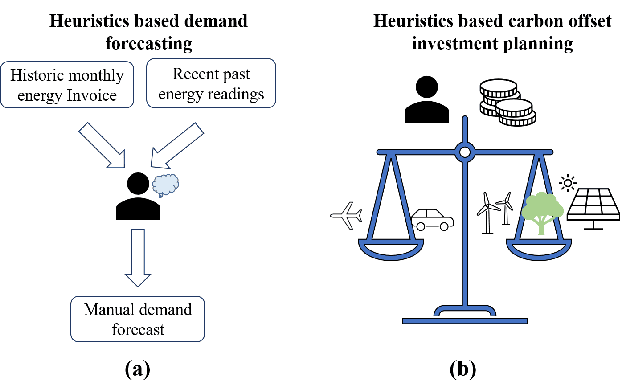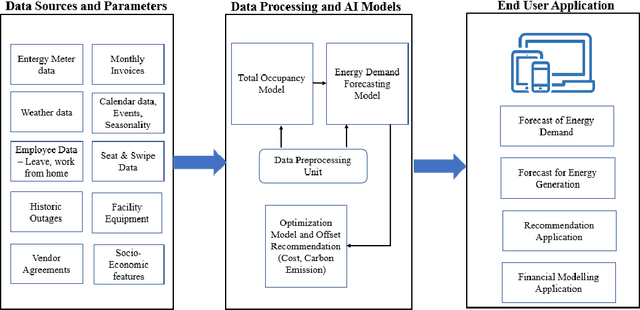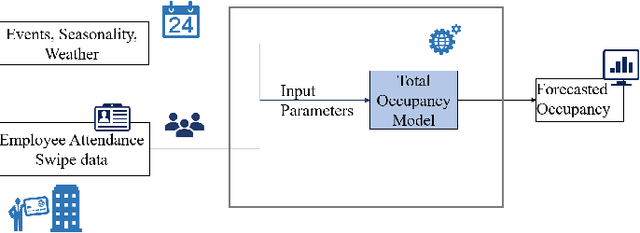Bhushan Jagyasi
Optimizing Federated Learning for Scalable Power-demand Forecasting in Microgrids
Aug 11, 2025Abstract:Real-time monitoring of power consumption in cities and micro-grids through the Internet of Things (IoT) can help forecast future demand and optimize grid operations. But moving all consumer-level usage data to the cloud for predictions and analysis at fine time scales can expose activity patterns. Federated Learning~(FL) is a privacy-sensitive collaborative DNN training approach that retains data on edge devices, trains the models on private data locally, and aggregates the local models in the cloud. But key challenges exist: (i) clients can have non-independently identically distributed~(non-IID) data, and (ii) the learning should be computationally cheap while scaling to 1000s of (unseen) clients. In this paper, we develop and evaluate several optimizations to FL training across edge and cloud for time-series demand forecasting in micro-grids and city-scale utilities using DNNs to achieve a high prediction accuracy while minimizing the training cost. We showcase the benefit of using exponentially weighted loss while training and show that it further improves the prediction of the final model. Finally, we evaluate these strategies by validating over 1000s of clients for three states in the US from the OpenEIA corpus, and performing FL both in a pseudo-distributed setting and a Pi edge cluster. The results highlight the benefits of the proposed methods over baselines like ARIMA and DNNs trained for individual consumers, which are not scalable.
Sustainability using Renewable Electricity (SuRE) towards NetZero Emissions
Feb 26, 2022



Abstract:Demand for energy has increased significantly across the globe due to increase in population and economic growth. Growth in energy demand poses serious threat to the environment since majority of the energy sources are non-renewable and based on fossil fuels, which leads to emission of harmful greenhouse gases. Organizations across the world are facing challenges in transitioning from fossil fuels-based sources to greener sources to reduce their carbon footprint. As a step towards achieving Net-Zero emission target, we present a scalable AI based solution that can be used by organizations to increase their overall renewable electricity share in total energy consumption. Our solution provides facilities with accurate energy demand forecast, recommendation for procurement of renewable electricity to optimize cost and carbon offset recommendations to compensate for Greenhouse Gas (GHG) emissions. This solution has been used in production for more than a year for four facilities and has increased their renewable electricity share significantly.
 Add to Chrome
Add to Chrome Add to Firefox
Add to Firefox Add to Edge
Add to Edge